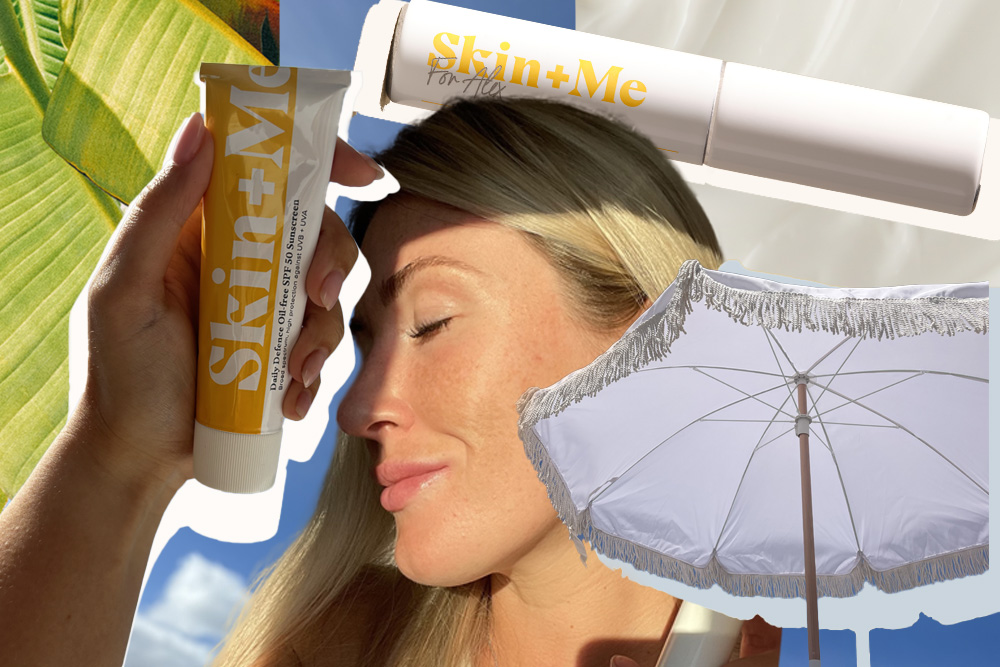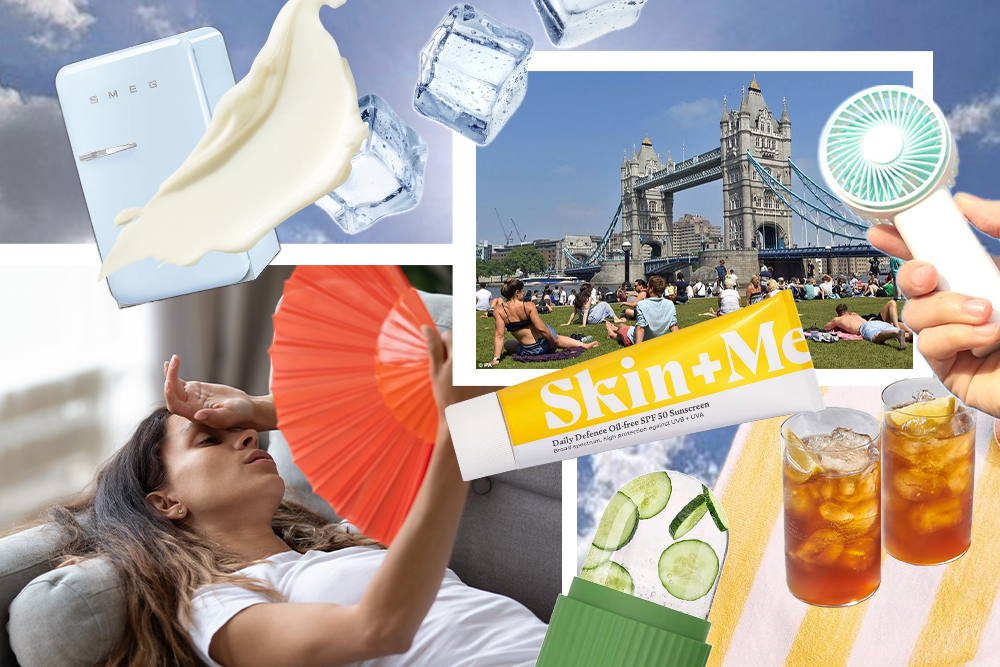Melasma 101

Link to share article here:
Ask A Dermatologist: Do I Have Acne Or Rosacea?
Redness, bumps and unhappy skin? Sounds like acne. Or could it be rosacea? It can be hard to tell the difference between the two skin conditions, which share several symptoms, but have distinct causes and require different treatments. Read on to find out where you stand.
What is acne?
Acne vulgaris, more commonly known as acne, is a common condition where pimples, blackheads, whiteheads, cysts, and nodules form on the skin. Almost everyone will experience acne at some point in their life, and breakouts usually occur on the face, neck, chest, back, and shoulders.
Acne is linked to excess oil production, which clogs pores with dead skin cells and bacteria, leading to inflammation and spots. There are several underlying causes that may contribute to acne, including hormones, genetics, certain medications and lifestyle habits, and these factors vary according to each individual.
What does acne look like?
The appearance of acne can vary between different people, but some common features include:
- Comedones: Pores or hair follicles that have become blocked and developed into spots. Comedones can either be open (blackheads) or closed (whiteheads).
- Papules and pustules: Small, inflamed bumps on the skin that may be red and tender. Papules are small, raised bumps, while pustules contain pus.
- Cysts and nodules: These spots sit deep beneath the skin’s surface and are often painful. They are associated with more severe acne.
- Oily skin: Acne is usually accompanied by excess oil production. You might notice oiliness all over your face, or focused in the T-zone (forehead, nose, and chin).
What is rosacea?
Rosacea is a chronic inflammatory skin condition. There are four main types of rosacea, each with specific features.
Erythematotelangiectatic rosacea
Presenting as persistent redness on the face, erythematotelangiectatic rosacea is characterised by small blood vessels (known as telangiectasia) beneath the skin surface, which become enlarged and visible. Symptoms are often triggered by changes in temperature, spicy foods, alcohol and emotional stress. They might flare up, then disappear, and get worse without treatment.
Papulopustular rosacea
Papulopustular rosacea is associated with pus-filled ‘whitehead’ pustules, and red, swollen bumps. They usually appear on the cheeks, chin, and forehead – and might also appear on the scalp, neck or chest. They’re often misidentified as acne, and take a long time to go away. Facial redness and flushing can also be a symptom.
Phymatous rosacea
Phymatous rosacea causes skin to thicken and scar, making it bumpy, swollen and sometimes discoloured. This rare but treatable rosacea usually affects the nose (and can be known as ‘bulbous nose’ or ‘rhinophyma’) – and affects more men than women.
Ocular rosacea
In ocular rosacea, inflammation extends to the eyes and surrounding tissues. This can lead to redness, irritation, dryness, burning, itching, sensitivity to light and a gritty sensation. It can also cause more severe complications (like corneal damage) if left untreated. It often accompanies facial rosacea.
While the exact cause of rosacea is not known, factors such as genetics, abnormal blood vessel function, sun exposure, and the immune system are thought to be linked to the condition.
Treatments for acne and rosacea
If you think you might have either acne or rosacea, speak to a medical professional. They can examine your skin, discuss your symptoms, review your medical history and recommend treatment options tailored to you.
Acne
Treatment for acne can vary depending on its severity and your skincare needs. Your clinician might recommend using over-the-counter active ingredients, including azelaic acid and benzoyl peroxide, or prescription-only ingredients like tretinoin and clindamycin.
If your acne is more severe or hasn’t responded to topical treatments, you might need a course of oral medications, such as isotretinoin. Cosmetic treatments such as chemical peels or laser therapy can help with acne, although the results can vary.
Rosacea
Treatment for rosacea aims to control symptoms and prevent flare-ups. Your skin might respond well to active ingredients like azelaic acid, or your clinician might recommend prescription ingredients like metronidazole and tretinoin. In more severe cases, you might need a course of oral antibiotics or anti-inflammatory medications. Keeping a diary can help you to keep track of your triggers and minimise flare-ups.
Final thoughts
While acne and rosacea share some similarities in appearance, they are distinct conditions with different causes and treatments. Understanding the key features of each condition can help you to differentiate between them and explore the right treatment.
If your acne or rosacea is causing you discomfort, or you’re dealing with another skin concern, consulting a healthcare professional is crucial for effective management and maintaining skin health in the long term.
New to Skin + Me? Get your first month of personalised skincare for £4.99 with promo code DOSE – complete our quick consultation here.
Looking for a routine refresh? Add the Dream Routine to your Skin + Me subscription.
In need of a restock? Head to The Skincare Shop for one-off purchases of your Routine Essentials.



